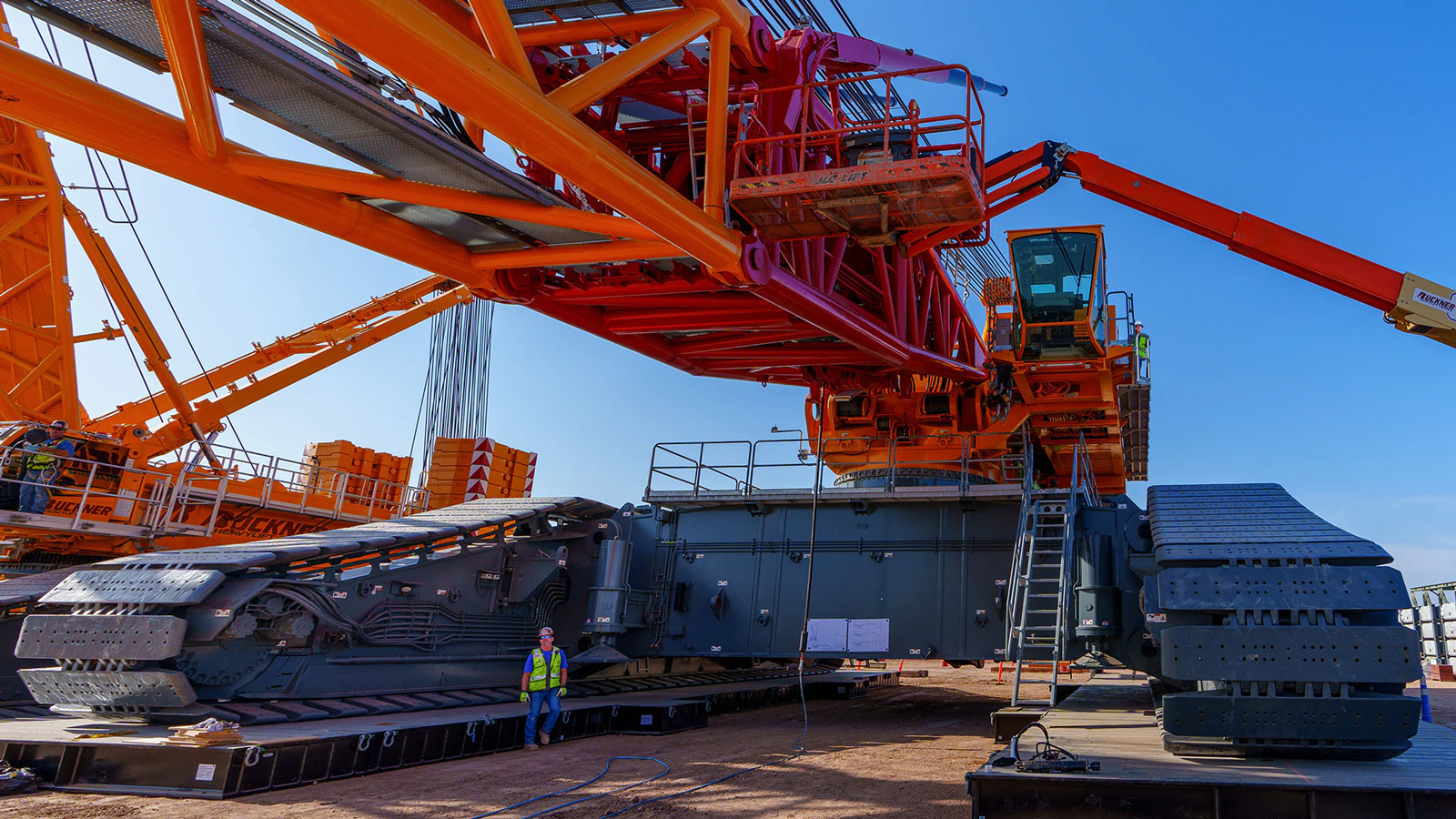Intel's Gelsinger Promises Better Execution After Return From DC Lobbying Tour
A change of tack occurs after many major foreign and domestic deals are marked as 'mission completed.'
Intel’s CEO Pat Gelsinger has tacitly admitted that he might have put execution on the backburner over recent months. During the company's earnings call last night, Gelsinger said that he will 'spend a little bit less time in Washington' to help improve the company's execution, a reference to his recent lobbying efforts for the US CHIPS act — a telling statement after the company's recent calamitous earning results.
Regular readers will have seen clear evidence of the buoyant Gelsinger popping up all around the world, zigzagging across the globe, oftentimes traversing from the Far East to Europe and back to the US again in the space of a few days. He’s been wheeling and deal-making, perhaps distracting from the hands-on engineering-focused management that was previously his hallmark. In a statement provided in the wake of the grave results yesterday evening, Gelsinger has now pledged to cut down on the visits to Washington and spend more time laser-focused on the core business.
“So, we’re still working through that inventory of designs that were in process, a lot of work to do, a lot of rebuilding, and that’s where a lot of my attention is being focused on,” said Gelsinger of his plans for the way forward. “And maybe now that I spend a little bit less time in Washington, right, this is the focus for us as a team is getting that execution to be superb once again."
Gelsinger also took clear responsibility for the company's poor execution in his prepared statements, saying, "This quarter’s results were below the standards we have set for the company and our shareholders. We must and will do better. The sudden and rapid decline in economic activity was the largest driver, but the shortfall also reflects our own execution issues.[..]." (Emphasis added.)
Management is full of balances and compromises, and Gelsinger's statements suggest that the balance between politicking on behalf of Intel many miles from its high-tech facilities and leading from the shop floor probably hasn’t been optimal.
One could argue that Gelsinger’s travels have been necessary and very successful, and no one else from the company could have achieved the deals, subsidies, and partnerships that he has secured in a relatively short time. Gelsinger might be able to stay closer to home now, with the $76 billion US Chips act passed by the senate, similar funding achievements in the EU, and significant deals recently hammered out with MediaTek and TSMC, among others.

Intel’s latest set of financials was extraordinary for many of the wrong reasons: You have probably read our multi-faceted coverage already; about the headlining $500M loss, the 17% QoQ sales decline, and the precipitous fall to a 37% gross margin. Moreover, the final nails were put in the Optane memory business coffin – as this once hopeful technological thrust became a $559M inventory write-off.
Get Tom's Hardware's best news and in-depth reviews, straight to your inbox.
We can only hope that Gelsinger’s pared-back travel schedule will be a big positive for the iconic PC chipmaker. Realistically though, the current macroeconomic wave is likely too much for a mere refocus of management strategy to successfully navigate — it will take a multi-pronged approach. We also need a recovery in consumer and business confidence, which could return very quickly if governments find a way out of the energy crisis and the Ukraine war comes to an end.

Mark Tyson is a news editor at Tom's Hardware. He enjoys covering the full breadth of PC tech; from business and semiconductor design to products approaching the edge of reason.
-
zodiacfml he is doing great fixing the failures of the previous Intel CEO. only thing they fail to execute is a win for all scenario by releasing the ARC graphics card in 2021 as crypto mining cards with basic or almost broken drivers.Reply
early 2021, I tweeted to Raja that this should be the game plan; only to learn the cards will have support ray tracing, sharpening, etc. It is ridiculous considering how hard GPU driver development is.